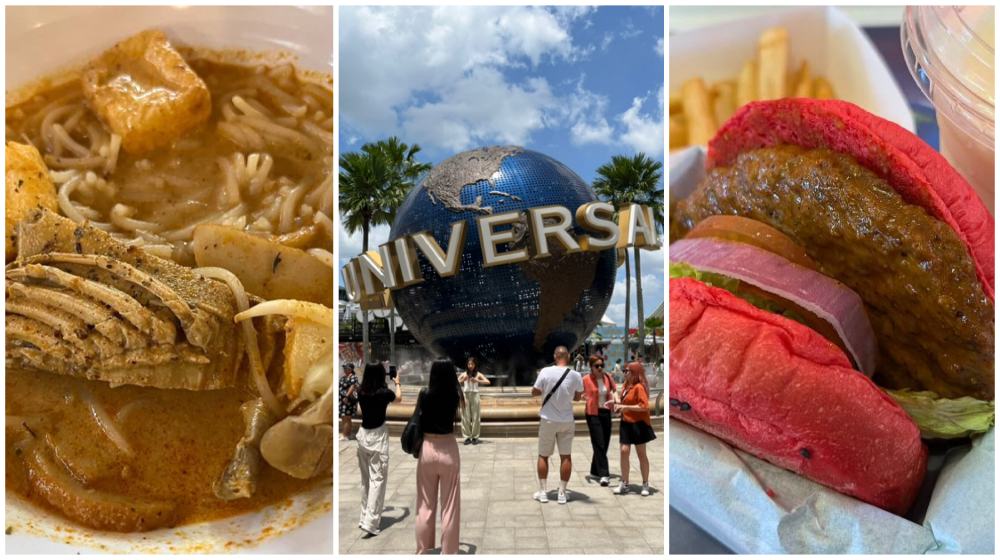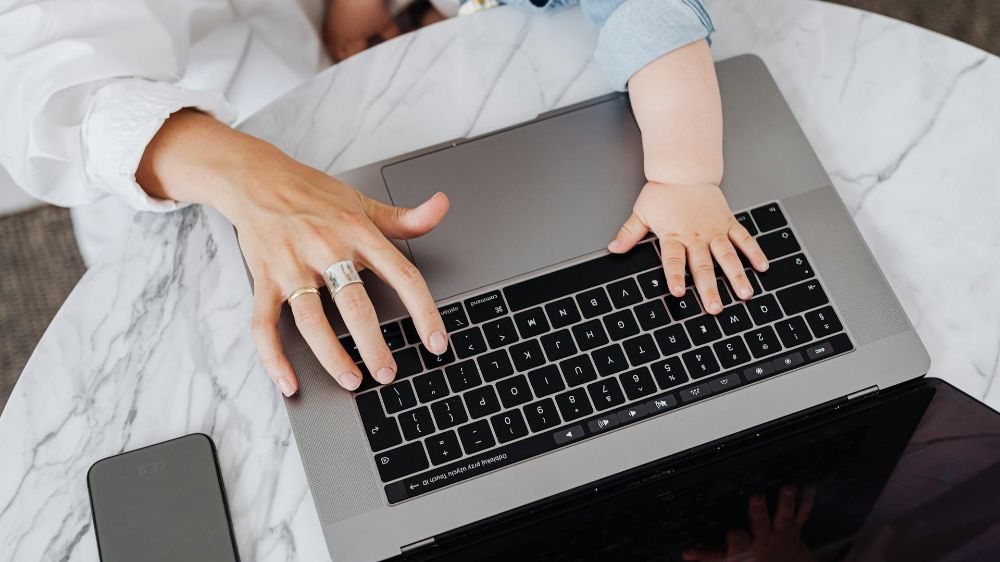A New Parent's Guide To Buying Baby Clothes
Choosing the best clothes in the infants section is never easy whether you're a newbie parent or a parent of four. As they say, good shopping is a product of wise decisions and practical choices made over time.
If you're not sure where to start when shopping for baby clothes, here are five tips to help you out.
1. Stick to the basics
It is tempting to make your baby look fashionable at the expense of practicality. To prevent this, stick to the basics. A onesie may be a better choice than vests and shorts, and clothes with press studs are preferred over buttons because babies change clothes a lot.
Also, there's constant spilling, vomiting, and other reflux-related incidents that may take place at any time of the day (not to mention diaper blowouts). Pro tip: double-zippered onesies and pyjamas will make quick outfit changes so much easier!
2. Keep an eye out for details
For babies, comfort is key. Go for clothes that have front openings or those that can be worn easily while the baby is lying down. If you're buying shirts, notice the necklines. Are they big enough or expandable? Remember that babies usually have big heads and you don't want any struggle while putting on his clothes. Best is if the neckline is wide enough for you to pull the clothing down the baby's body instead of over his or her head. At the same time, choose natural fibres like cotton to prevent skin irritation.
3. Shop for essentials
Stock up on the must-haves. When buying for clothes, channel your attention to staple items such as singlets or singlet suits, short-sleeved bodysuits, and long-sleeved growsuits. Get multiples of each essential and pair them up with a good pair of socks.

4. Know the sizes
Familiarise yourself with baby sizes. This is one skill every parent should have, especially if you're shopping for 0 to 24-month old babies. 00000 is the smallest size for infants, and the number of zeroes decreases as the size gets bigger. Those who are six to nine months usually have a size of 00, while 18-month to 24-month old babies fit well in a size 2. Buying clothes that are a couple of sizes bigger shouldn’t be a problem as babies grow fast!
5. Know what NOT to buy
Knowing what is not necessary (to buy) is as important as knowing what to. Designer baby clothes that compromise safety and comfort can take the backseat for now. At the same time, adult-style clothes like T-shirt and jeans may cause discomfort for an infant, so save it for later when your baby grows older.
For the latest updates on Wonderwall.sg, be sure to follow us on TikTok, Telegram, Instagram, and Facebook. If you have a story idea for us, email us at [email protected].











